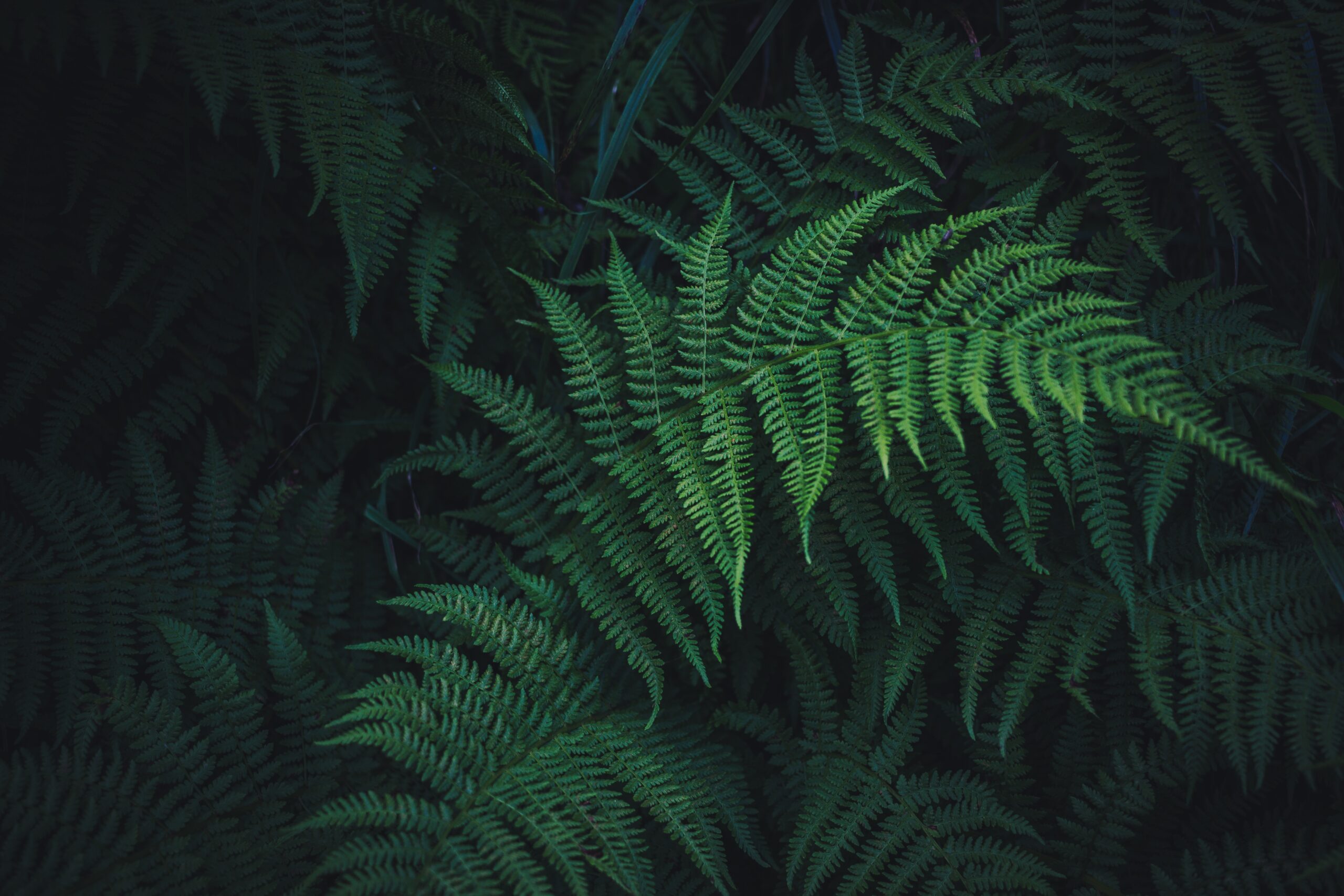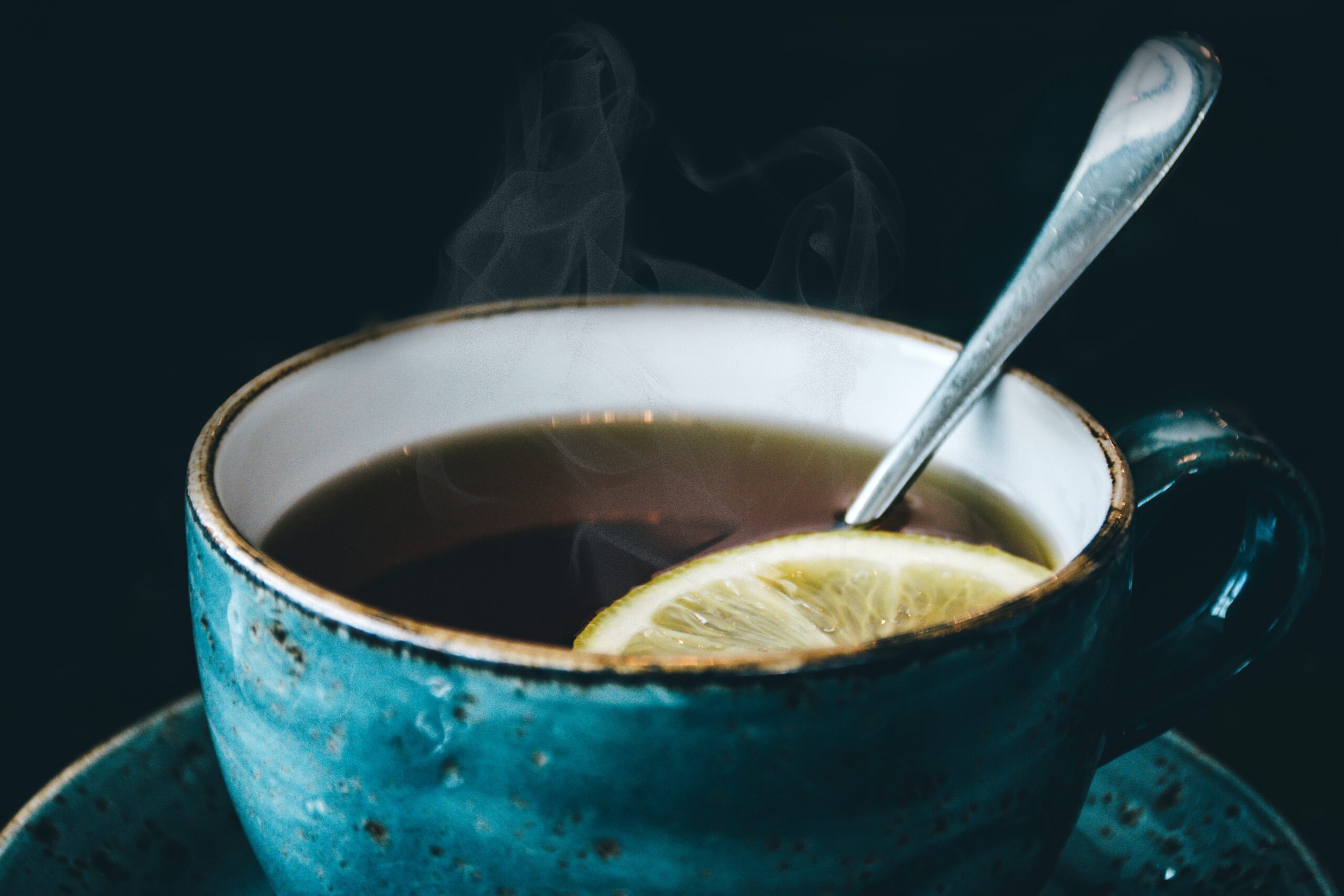
how plants and herbs were first identified for medicinal use
an ancient herbal history predating all modern science
Awareness of medicinal plants is the result of man’s long and harsh struggle against various ailments and diseases that led us to pursue healing in the leaves, seeds, roots, bark, fruits, and flowers of many plants.
The earliest known written record of medicinal plants can be found inscribed upon clay tablets, once located in ancient Mesopotamia, where a dozen detailed recipes describing the use of over 250 plants have been preserved from 5,000 years ago (1).
Around 1500 BCE, written documents from ancient Egypt list over 850 herbal remedies, in what is referred to as the “Ebers Papyrus.”
Its intact survival highlights the traditional use of many of the herbs and plants we recognise in our gardens and kitchen cabinets today. There, ancient evidence of formulations crafted with spices such as cumin and coriander, or plants like garlic, cedar, willow, and aloe can be found (2).
But healing with plants is as old as mankind itself, with the intimate connection between people and plants predating all written and painted records.
This article offers a brief herbal history of how exactly plants came to be first identified — and later systematically classified — for medicinal use.
animals and the medicinal use of plants and herbs
It is quite possible that our first ideas about the curative powers of plants arose from observing other animals. In fact, many species of animals such as bears, deer, lizards and apes share a key survival trait with humans: that is, they self-medicate.
Cleverly, and over time, certain animals have discovered ways to ease pain, aid digestion, alleviate parasites, and even cure disease by relying on particular plants for their medicinal value.
Dogs eat grass for an upset stomach, lizards are believed to swallow a certain root to counter the effects of snake venom, and pregnant lemurs chew the leaves and bark of the tamarind and fig tree to increase milk production and promote a successful pregnancy (3).
Now then, it does not seem so bizarre that roughly 75% of the global human population rely on plants and herbs in a healthcare setting (4). We are animals too, after all.
how systems of classification for medicinal plants and herbs first came to be
In many early cultures, knowledge of the healing potential of herbs and plants first arose via Shamanism — an ancient spiritual practice that combines intuitive communication with plants (“plant teachers”) and practical experimentation.
“Shamans don’t concern themselves with plant taxonomy as instituted by western science. They differentiate different strains of plant medicine based on the type of soil they come from, the time of harvest, their spiritual value, the types of visions they can incur, and healing they can facilitate.” — Author Unknown
This observational and spiritual approach to healing is echoed still today within many indigenous cultures all over the world.
As a result, complex systems of classification (based not on the plant’s molecular biology, such as modern science, but on the unique properties it may possess) have emerged, and continue to prove useful to this day.
For instance, indigenous people may experiment with a plant that shares a similar colour or other characteristic to an already-known medicinal species of plant, in the hopes of achieving a greater or related outcome. Or they may look to distinguish the healing potential of individual plants from its wider population, by employing a process of trial-and-error.
Their wisdom is acute, their observations firmly grounded in logic and reason. Indigenous knowledge is not to be mistaken as rudimentary or wanting for understanding of scientific application.
In fact, based on their sophisticated classification systems, groups such as the Barasana Indians of the Northwest Amazon Valley of Colombia are able to recognise some four distinct forms of the caffeine and theobromine-rich rain forest vine, Paullinia yoco — completely beating modern science to the punch (5).
In the west, however, the concept of classifying plants and herbs according to their features was not unknown. Research suggests that, during medieval times, systems of organisation based on the visual appearance of plants simultaneously emerged on continents all over the world (6).
This, following onwards from the 16th century, became known as the Doctrine of Signatures (DoS).
classifying medicinal plants and herbs according to the doctrine of signatures
The Doctrine of Signatures claims that the appearance, or “signature,” of a plant (such as its shape, size, colour, or common name), can serve as valuable indication of the disease it can cure, or the part of the human body it can best serve (7).
Milkweed, for example, has been used traditionally to stimulate milk production in new mothers, while the leaves of the Melissa officinalis, which are shaped like a heart, have been used as a remedy for cardiac issues (8).
Nine plant species with seeds shaped like a human kidney are found to have been used in the treatment of kidney disorders (interestingly eight of the nine plants happened to be beans). Meanwhile a person with jaundice — a condition where the eyes and mucous membranes turn yellow — would historically have been prescribed one of the fifteen plant species with yellow flowers (9).
Today, the DoS is largely dismissed as superstition and unfounded lore; an interpretive and reflective attempt of humans to explain the usefulness of a plant “post-hoc,” meaning after the fact (10).
Nevertheless, traditional classifications of herbal medicine represent a vital part of mankind’s ever-evolving understanding of the complex healing power of plants. Currently, we are living in a time researchers have deemed “the herbal renaissance” as we slowly but surely seek to repair the lost connection between ourselves and the natural world (11).
For the first time in history, we can understand people’s unique response to plants at the individual level. At sofi, our mission is to make the main expert of remedying your problems with natural medicine, you.
If history tells us anything, it’s that you shouldn’t have to be a botanist to get the most out of plants.
Text References:
- Petrovska B. B. (2012). Historical review of medicinal plants' usage. Pharmacognosy reviews, 6(11), 1–5.
- Aboelsoud, N. H. (2010). Herbal medicine in ancient Egypt. Journal of Medicinal Plants Research, 4(2), 082-086
- Shurkin J. (2014). News feature: Animals that self-medicate. Proceedings of the National Academy of Sciences of the United States of America, 111(49), 17339–17341
- Pan SY, Litscher G, Gao SH, Zhou SF, Yu ZL, Chen HQ, Zhang SF, Tang MK, Sun JN, Ko KM. Historical perspective of traditional indigenous medical practices: the current renaissance and conservation of herbal resources. Evid Based Complement Alternat Med. 2014;2014:525340. doi:
- Balick, M. J., & Cox, P. A. (2021). Plants, people, and culture: The science of ethnobotany. New York: Scientific American Library.
- Panese F. Doctrine des signatures et technologies graphiques au seuil de la modernité [The "doctrine of signatures" and graphical technologies at the dawn of modernity]. Gesnerus. 2003;60(1-2):6-24. [French]
- Richardson-Boedler C. The doctrine of signatures: a historical, philosophical and scientific view (I). Br Homeopath J. 1999 Oct;88(4):172-7
- Sina, I. Kitab al–Adwiya al–Mufradat wa’Lanbatat; Moassat Al–Maaraf: Beirut, Lebanon, 1986. [Arabic]
- Dafni A, Aqil Khatib S, Benítez G. The Doctrine of Signatures in Israel—Revision and Spatiotemporal Patterns. Plants. 2021; 10(7):
- Bennett, B.C. Doctrine of Signatures: An explanation of medicinal plant discovery or dissemination of knowledge? Ecol. Bot.2000, 761, 246–255.

